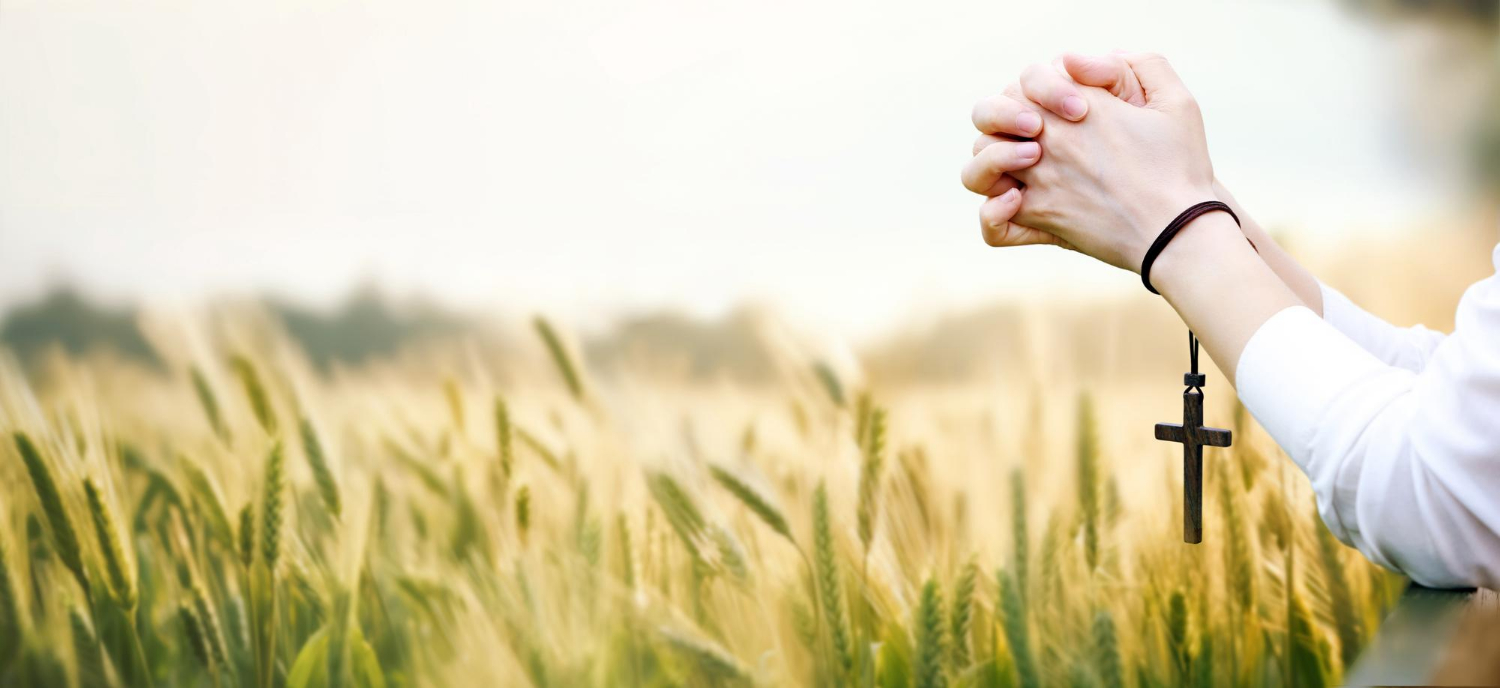Ember Days
By John Briffa Liturgy Officer, Diocese of Toowoomba

From the grandeur and beauty of created things comes a corresponding idea of their Creator (Wis 13:5)
Did you mark the ember day on the first Friday in March? To be honest, if I was asked to describe my experience of celebrating ember days, I would have nothing much to say. Perhaps those in their autumn years would have a better recollection of past practice, but for a relatively young person of faith, ember days do not carry memories which readily spring to mind. Our comfortable and secure lifestyle has made them fall into obscurity. However the unprecedented bushfires and the simultaneous drought-and-flood which we have seen recently in north Queensland may be cause for us to embrace these special days of prayer and abstinence which we call ember days.
The document governing the liturgical year and calendar describes them this way: On ember days the practice of the Church is to offer prayers to the Lord for the needs of all people, especially for the productivity of the earth and for human labour, and to give him public thanks (General Norms for the Liturgical Year and the Calendar 45). Originally instituted to ask God’s blessing for a bountiful harvest or a good vintage, ember days also call us to be aware of the impact of our relationship with the environment and the responsibility placed before us to care for our planet.
The first Friday of both March and September are set down in the Australian liturgical calendar as days to offer penance, fasting and special prayers for the needs of all people and the productivity of the earth. These two days loosely correspond with the commencement of the seasons of Autumn and Spring. In our liturgical calendar they are what remains of a tradition which once marked the beginning of all four seasons, each with a period of three days of abstinence.
Although the exact origin of ember days is uncertain, they can be linked to pagan practices connected with the annual events of harvest, planting and vintage. At a time when empires were built on agricultural prosperity and the human labour required to sustain it, seeking God’s blessing on the harvest and on the workers was natural. The ritual pattern was well established in church culture by the fifth century when Pope Leo I preached a series of sermons on ember days. The reform of the Second Vatican Council retained Ember Days in principle, but left it to local bishops conferences to determine the extent and form of the observance. In 2008 the Australian Catholic Bishops Conference decided that the Australian Church would observe the first Friday of March and September as Autumn and Spring ember days.
Living in a rural diocese, I know the people who work on the land and live in a close relationship with mother earth. I know how important God’s blessing is to them. I have experienced the success and hardship resulting from different weather events. Even though many Australians no longer have this direct relationship to land, everyone has some experience of the unpredictable brutality of climate extremes.
Regardless of where we stand on climate change, for people of faith a relationship to the Creator charges us with the responsibility to care for creation. In his encyclical letter Laudato Si’, Pope Francis uses the creation stories of Genesis to say that human life is grounded in three fundamental and closely intertwined relationships: with God, with our neighbour and with the earth itself (Laudato Si’ 66).
Issues around sustainable and socially responsible ways of living are increasingly in the spotlight. This is not lost on the young members of the Church, as interest in the environment is a cause often championed by the youth. Perhaps this creates the perfect point of entry for re- engaging our communities with the observation of ember days. Parishes with schools could celebrate a liturgy with a creation focus. This would help express the connection between liturgy and life, something which is often questioned by young people today.
At Masses the previous weekend, the faithful might be reminded that the upcoming Friday is a day of fasting and abstinence in recognition of our responsibility to be good stewards of the world’s resources. Pew bulletins could include suitable prayers for families to say together on the day. The Prayer of the Faithful on the day itself could feature petitions for the productivity of the earth and for human labour; for the victims of famine and exploitation; for the grace to be good stewards of God’s gift of creation.
Fasting, and abstaining from something we like, encourages us to be restrained in our exploitation of natural resources. School tuckshops could ban the sale of pre-packaged or over packaged and processed food. Home meals could be simple salads or plain rice. A day of penance expresses our solidarity with those who are disadvantaged, especially those who suffer through famine and inequitable distribution of the world’s goods.
If you missed the ember day on Friday 1 March, look to Friday 6 September. On caring for our common home, Pope Francis writes: in nature God speaks to us and grants us a glimpse of his infinite beauty and goodness (Laudato Si’ 12). Promoting and observing ember days provides an opportunity to encourage everyone to do something more to protect the natural world and to share God’s beauty and goodness in creation.
This article was originally published in Liturgy News Vol 49(1) March 2019. Reprinted with permission.
